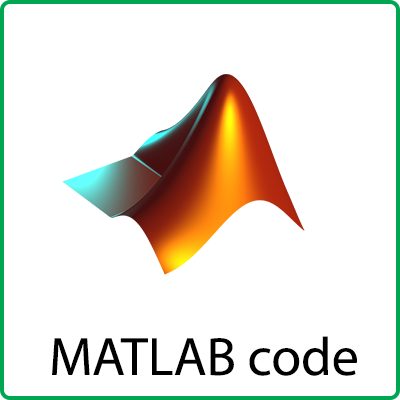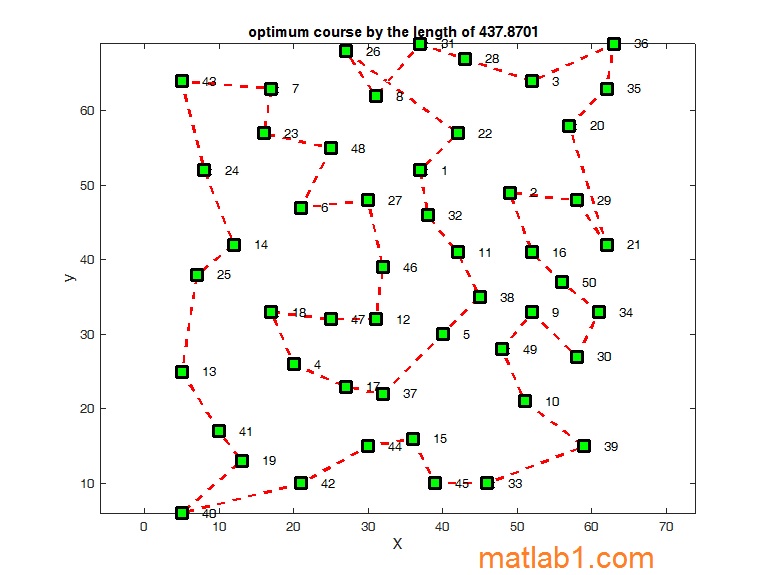Description
Ant colony algorithms are inspired by the collaborative behavior of ants in real life. The ants wander randomly when looking for food but they are attracted to a substance, called pheromone, left by other ants. Pheromone is generated by the ants on their way back to the colony after reaching food. When several ants use a path to reach food, pheromone levels increase up and a path becomes more and more attractive to other ants. However, pheromone evaporates with time. As it takes a longer period of time to travel along a long path, the intensity of the pheromone is lower than for a shorter path. This mechanism has the double advantage of favoring shorter paths and reducing the attraction to local optima.
The format of vehicle routing problem instances :
Number of customers, best-known solution value
Vehicle capacity
xdepot ydepot
For each customer: Customer number, x, y, demand

Train Bayesian neural network by Ant Colony Optimization (ACO) algorithm
MATLAB Code for Forward Communication Artificial Bee Colony



Reviews
There are no reviews yet.